July 27, 2020
Bene launches Pearson Lloyd designed PORTS system
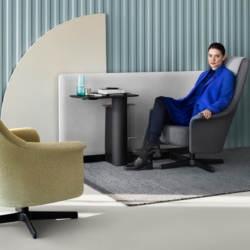 Created by the well-known London design studio PearsonLloyd, and a pre-launch winner of the “Red Dot Design Award: best of Best” and the “iF Gold Awaard 2020”: Bene has launched a revolutionary office concept in the form of a completely new design line – PORTS. The world is changing and we are changing with it. Stability, flexibility and agility are the key success factors for dynamic organisations. PORTS embodies this new reality in interior design and furnishings, creating multifunctional spaces that allow for many different styles of working and that are flexibly adaptable. PORTS is both a design line and an office concept, bringing people, ideas and functions together – to lead together. (more…)
Created by the well-known London design studio PearsonLloyd, and a pre-launch winner of the “Red Dot Design Award: best of Best” and the “iF Gold Awaard 2020”: Bene has launched a revolutionary office concept in the form of a completely new design line – PORTS. The world is changing and we are changing with it. Stability, flexibility and agility are the key success factors for dynamic organisations. PORTS embodies this new reality in interior design and furnishings, creating multifunctional spaces that allow for many different styles of working and that are flexibly adaptable. PORTS is both a design line and an office concept, bringing people, ideas and functions together – to lead together. (more…)





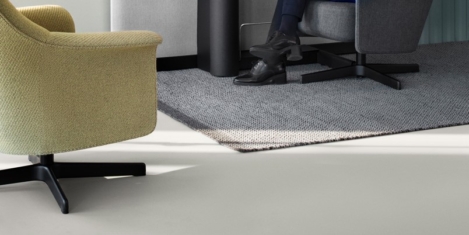
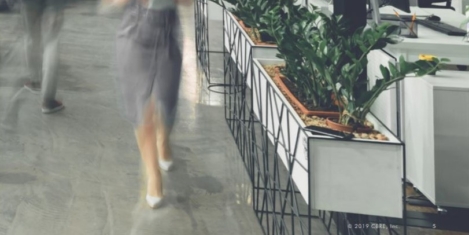



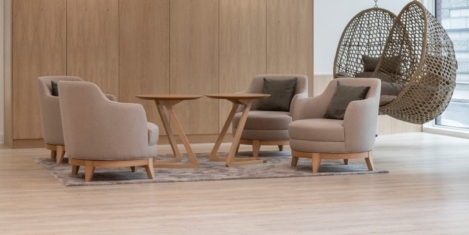
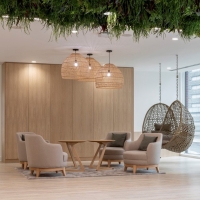


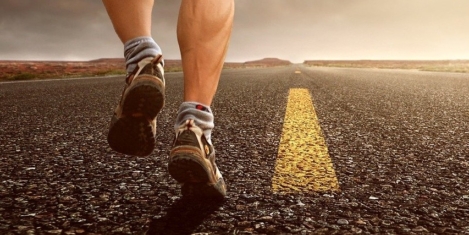



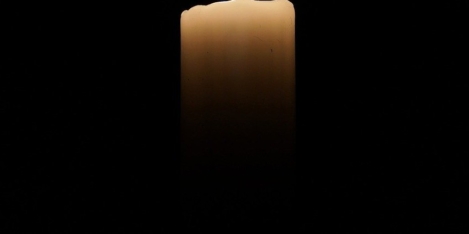

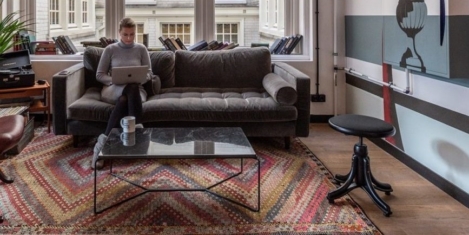
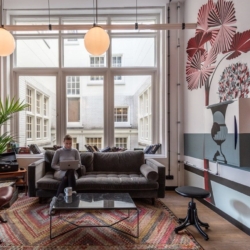













July 23, 2020
Balancing the rights and responsibilities of employee wellbeing
by Nathan Berkley • Comment, Wellbeing